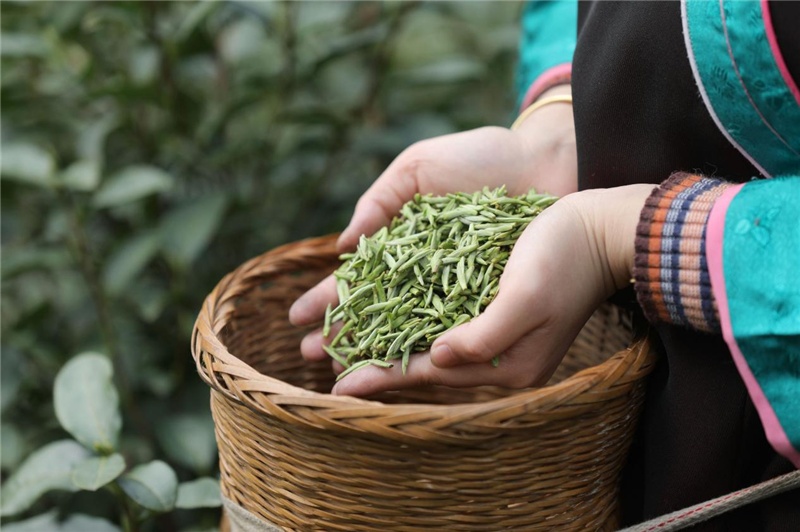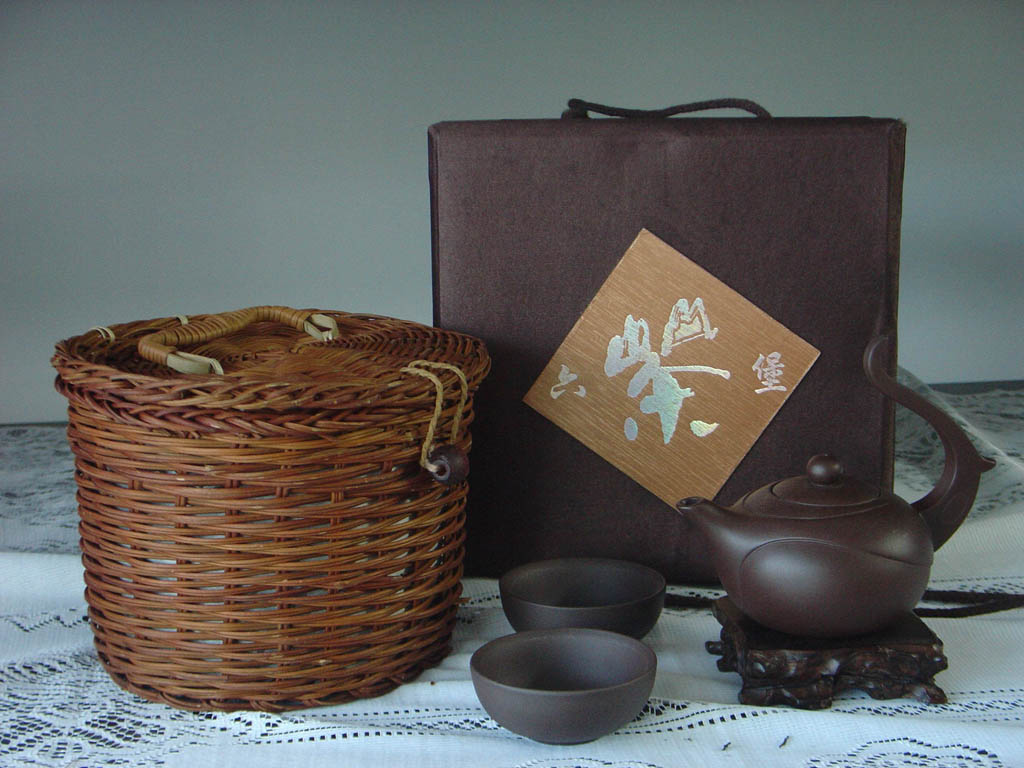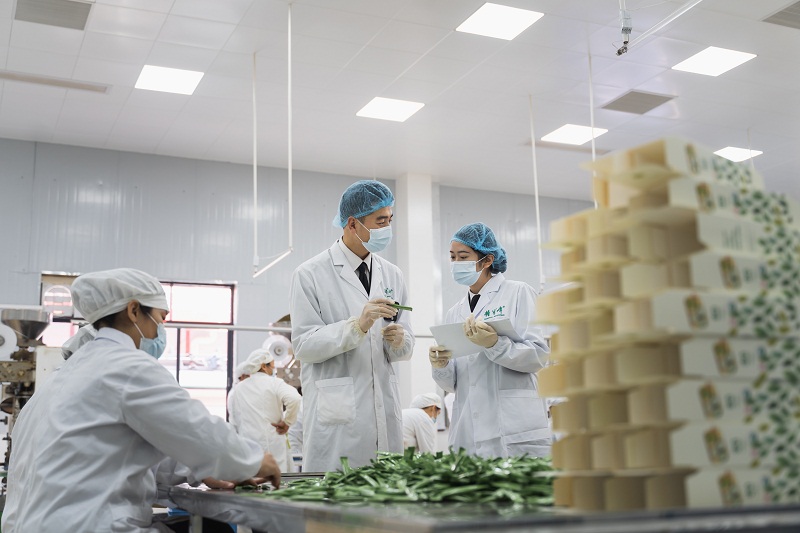

Written by Zhong Shuangxia / Translated by Xie Zongming
Thousands of years ago, the Chinese discovered and learned to make tea. For the past centuries, this herbal drink, along with its planting and producing processes, has been widely known in China and the world. After thousands of years, China now has the largest area of tea planting in the world, making up for half of the market supply and making it a real “country of tea”. Over the years, China has paved a “silk road” majorly for tea trade with the tea as the passenger and messenger.
Into the early Spring, the tea trees quietly sprout. With the Belt and Road Initiative, Chinese tea can constantly be seen in the foreign market. When the world is enjoying a sip of fine Chinese tea, we can see the resilience and vitality of development in China’s tea economy. How to develop the Tea Horse Road in the new era is a question that China wishes to hear from the wise minds.
The green fortune brought by far-spread tea fragrance
Looking back at the development of China’s tea industry, the Ancient Tea Horse Road flourished in Tang Dynasty was the witness of the Chinese foreign tea trade. This road, connecting Southwest China to the countries in Southeast Asia and West Asia, was a trade route mainly for tea and horse that had a great influence on China’s and the world’s tea industry development. Nowadays, modern highways have replaced ancient dirt roads. With the trend of time pushed by the Belt and Road Initiative, the Chinese tea industry welcomes new development opportunities.
As one of the largest countries in tea production and export, China has long played a vital role in the global tea trade. China’s tea trade relations with the countries along the Belt and Road are gradually becoming closer. The tea leaves from China are flowing through this “tea corridor” into the ocean, hoisting sails and heading for the other side of the sea.
According to the statistics by the China General Administration of Customs, China’s total tea export volume in 2021 was 369,400 tons, with a 5.89% year-on-year growth; the total tea export value was US$ 2.299 billion, increased by 12.82% year on year; and the average unit price was US$ 6230 per ton, marking a 6.68% annual growth. Over the years, China’s tea export has kept a steady growth pattern.
Sanjiang Tea produced in Liuzhou City, Guangxi, is located in a special kind of position that is called “the golden area for tea planting”. The tea here can come to the market 20 days ahead of other Chinese tea, for which the Sangjiang tea is also known as “the first Chinese tea in the early Spring”. Once picked and processed, the Sangjiang Tea will be exported. With the unique geographical advantage of Guangxi, Sanjiang Tea’s overseas market performance has been steady since 2016. According to the Sanjiang Dong Autonomous County Bureau of Agriculture and Rural Affairs, the Sangjiang Tea export value was about RMB 300 million yuan in 2021, with products selling to all the ASEAN countries.

Likewise, the Liubao Tea in Wuzhou City, Guangxi, is also set to enter the international market. In 2021, Wuzhou’s total Liubao Tea export value reached RMB 8.364 million yuan, up 5.2% on a year-on-year basis. The Liubao Tea is known for its 4 characteristics, namely the deep red in color, the strong fragrance in smell, the long age in storage time, and the rich flavor in taste. It is a famous Chinese tea that is sold to overseas Chinese people, including the ones in Southeast Asia. Meanwhile, with the China-ASEAN Expo (CAEXPO) platform, Liubao Tea can expand its export in Malaysia, Singapore, and Indonesia, revitalizing the ancient tea trade route.

Matthew Springford, the Executive Producer of the BBC series One Cup, A Thousand Stories, said that tea is not only a drink but also a symbol of opportunity. It creates business and promotes economic development, affecting the lives of billions of people. In his opinion, “Tea is the amazing gift China presents to the world”.
Broaden the channel for tea enterprises “going out”
With China’s progress in further opening up, such as the logistics construction programs like the China-Europe Railway Express (CERE) and the New International Land-Sea Trade Corridor, the Chinese tea industry has better prospects in the foreign market. Under this circumstance, the tea enterprises have seized the going-out opportunities with multiple convenience measures implemented by the customs office.
Guizhou Super Biotechnology Co., Ltd. is located in Pu’an County, Guizhou. The company’s Assistant General Manager Tang Aiping said, “The CERE allows the Pu’an Tea to go directly into foreign supermarkets from the factory. It opens a new age for the export of Guizhou goods, especially the Guizhou tea.”
In Enshi City, Hubei Province, the railway depot also contributes to the local tea export. The depot will make transport plans with efficient trains in advance to ensure the fast and safe transport of tea export. Meanwhile, the depot plays as the matchmaker for the local tea enterprises and the logistics hub to establish cooperation and agency relations, so as to find new ways for tea export. On February 19, 2022, the Enshi Tea was exported by the CERE for the second time.
In Hezhou City, Guangxi, the local customs office promotes a more convenient policy reform to help the companies finish the customs clearance process quicker than before, facilitating local tea export. Since the Spring of 2022, the Hezhou Customs Office has seen 18 tons of tea leaves export, whose total value was RMB 1.76 million yuan.

Aside from improving the export channel and promoting more convenient export, tea enterprises also need to improve their competitiveness to adapt to the global market. This more diverse consumer market requires the companies to standardize their production process and to improve the quality of the tea.
“Fenghua District in Zhejiang Province is a famous high-mountain tea production area. In recent years, white tea has received many positive reviews from foreign customers. Our tea fields always use the traditional processing techniques and have years of practical experience of them. In 2022, we received the first orders from foreign clients, which made us the first company to export tea in the Fenghua District,” said Fang Gulong, Chairman of Ningbo Fengxing Tea Co., Ltd. To promote the smooth export of tea, the local customs office maintains a strict standard from the very first step. The officers check the raw tea leaves for pesticide residue and heavy metals content, in order to meet the standards in the export destination, and instruct the companies to establish a complete quality control system. On March 14, 2022, 9.6 tons of fully checked fresh white tea was loaded onto the train in Fenghua and sent to Malaysia.
Challenges remain on the way out
As the infrastructure network construction along the Belt and Road is accelerated, the cost of trade in goods between regions has been greatly reduced. The tea companies that benefit from more convenient cross-border trade are getting the hang of it. In the future, how could the tea companies achieve cooperation and mutual development with those of other countries by accelerating innovation and development and exploring the high-quality consumer market from a more international perspective?
According to the Statistical Communique of the People’s Republic of China on the 2021 National Economic and Social Development released on February 28, 2022, by the National Bureau of Statistics of China, China’s total throughput of tea in 2021 was 3.18 million tons, up 8.3% annually. Currently, the tea planting area of China accounts for 62% of the world’s total area, ranked first in the world. However, the statistics also show that a large amount of China’s massively-produced tea was sold to the domestic market and Chinese tea only has a little market share in the global market. Besides, for the existing reasons such as trade barriers, different tea consumption habits, and the lack of brand awareness, it is obvious that Chinese tea export’s potential is yet to be tapped.
How may Chinese tea go international? Some authentic ideas contributed by the NPC deputies and CPPCC members on the Two Sessions finished days ago might help.
Chinese tea lacks global brand awareness and bargaining power on the market and distribution ends. On these problems, Chen Shihai, CPPCC member and President of Fujian Provincial Overseas Chinese Federation, said that tea enterprises should create their brand with international standards and cultivate a quality brand image, as well as satisfy the diverse demands in the global market. Meanwhile, they should put better efforts into publicity and marketing by holding overseas series events such as a “Tea Culture Week”, allowing the world to know better about Chinese tea. Macao NPC deputy He Jinglin said that it is crucial to train internationalized personnel to fundamentally change the situation where Chinese tea lacks competitiveness in the global market and has a low unit price. He added that a “Three Ts (Tea Culture, Tea Industry, Tea Technology) Internationalized Personnel Training Base” should be built to practically support China’s tea industry, driving the high-quality and sustainable development of the industry.
Currently, Chinese tea has entered an era of multi-level and comprehensive competition, with imbalanced supply and demand standing out in the industry. In the Blue Paper on Chinese Tea Industry (2020), it is predicted that “The internationalization of Chinese tea will go further and be better once the industry is deeply integrated into the Belt and Road.” Therefore, it is reasonable to expect better prospects for Chinese tea in the global market.
桂ICP备14000177号 Copyright@2006-2013 Guangxi China-ASEAN Panorama Magazine Agency Co., Ltd. All Rights Reserved